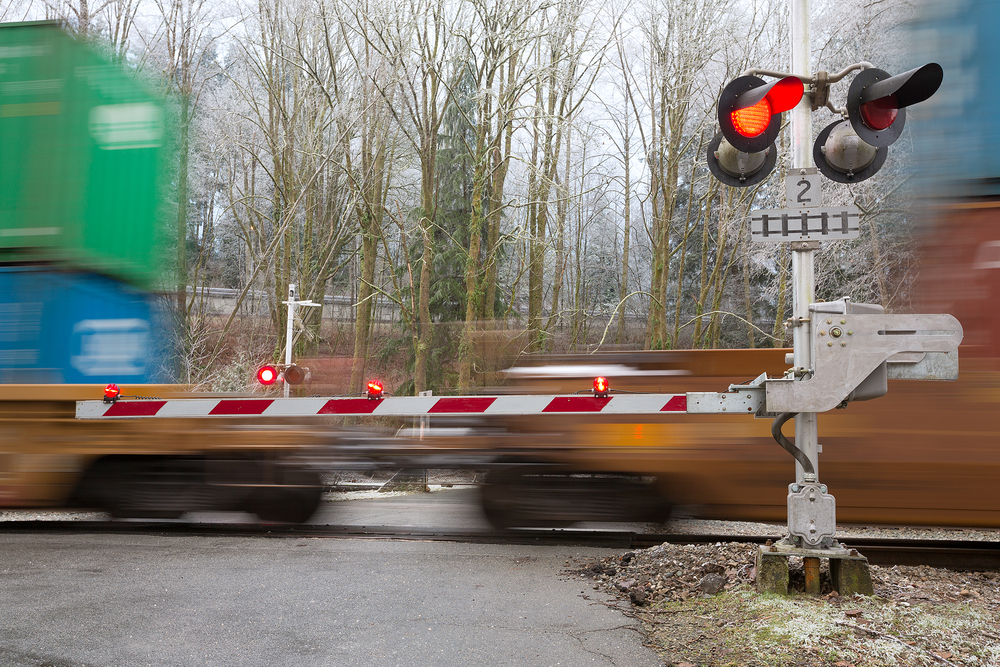When it comes to railroad crossings, most U.S. states are on the same page. The law typically reads as follows: “Whenever any person driving a vehicle approaches a railroad grade crossing and signals indicate an approaching train, the driver of such vehicle shall stop within fifteen feet from the nearest rail of such railroad and shall not proceed until he or she can do so safely.” These crossings may not seem dangerous upon immediate inspection, but drivers would do well to treat them with the same amount of caution they give to stop signs or yield signs. Before drivers are even aware, train tracks can become an active line of traffic—and any car-on-train accident would likely result in drivers losing their lives.
Driver’s Obligations
“Crossbuck” signs—the x-shaped signs with “railroad crossing” written on them—are best treated like yield signs when there is no oncoming train and the lights and bells are not going off. When those automatic signals do begin to go off, drivers are obligated to stop. As well, drivers are obligated to perform other actions once these signals have activated—they cannot exceed the set speed limit, they have to stop with a specific distance before them from the track, and they must always drive with rational care.
Special Instructions for Railroad Crossings
Drivers aren’t the only ones who hold responsibilities at railroad crossings—the train’s engineer and crew must also follow a strict protocol to ensure maximum safety for everyone. That protocol typically begins with ringing the bell and blowing the train’s whistle at least a quarter mile before public crossings. The engineer and crew must also keep the train headlight bright, progress at rates that are consistent in terms of speed and safety, and observe all rules and bulletins.
Operation Lifesaver
The railway industry works with police and other local law enforcement through Operation Lifesaver, a program conducted to increase drivers’ cognizance of the law and help decrease railway collisions. The OL program specifically stresses to law enforcement about the significance of dispensing citations for collision and non-collision scenarios, which all drivers should take note of. Drivers who don’t slow down, look, or stop for signals or those who try to outrun trains are likely to be cited for a driving offense.
Tips for Railway Crossings
The basic railroad crossing safety tips all drivers should follow closely include the following:
- Any time can be train time—they can operate on all tracks going either way.
- Be cautious during the night or bad weather in case railroad signals are not obvious.
- Watch for a second track—this may indicate two trains. Be sure both have cleared before you cross.
- Do not become boxed in by letting the gates or traffic stop your car on the tracks.
- If your vehicle becomes stalled or stuck on the tracks, get yourself as well as any passengers you have out and quickly away.
Think you or someone you know is in need of Behind the Wheel Training? Training Wheels is an Atlantic City driving school specializing in teaching new teen drivers how to stay safe on the road. For more information on our lessons, please click here.
Photo via NShu / Shutterstock

